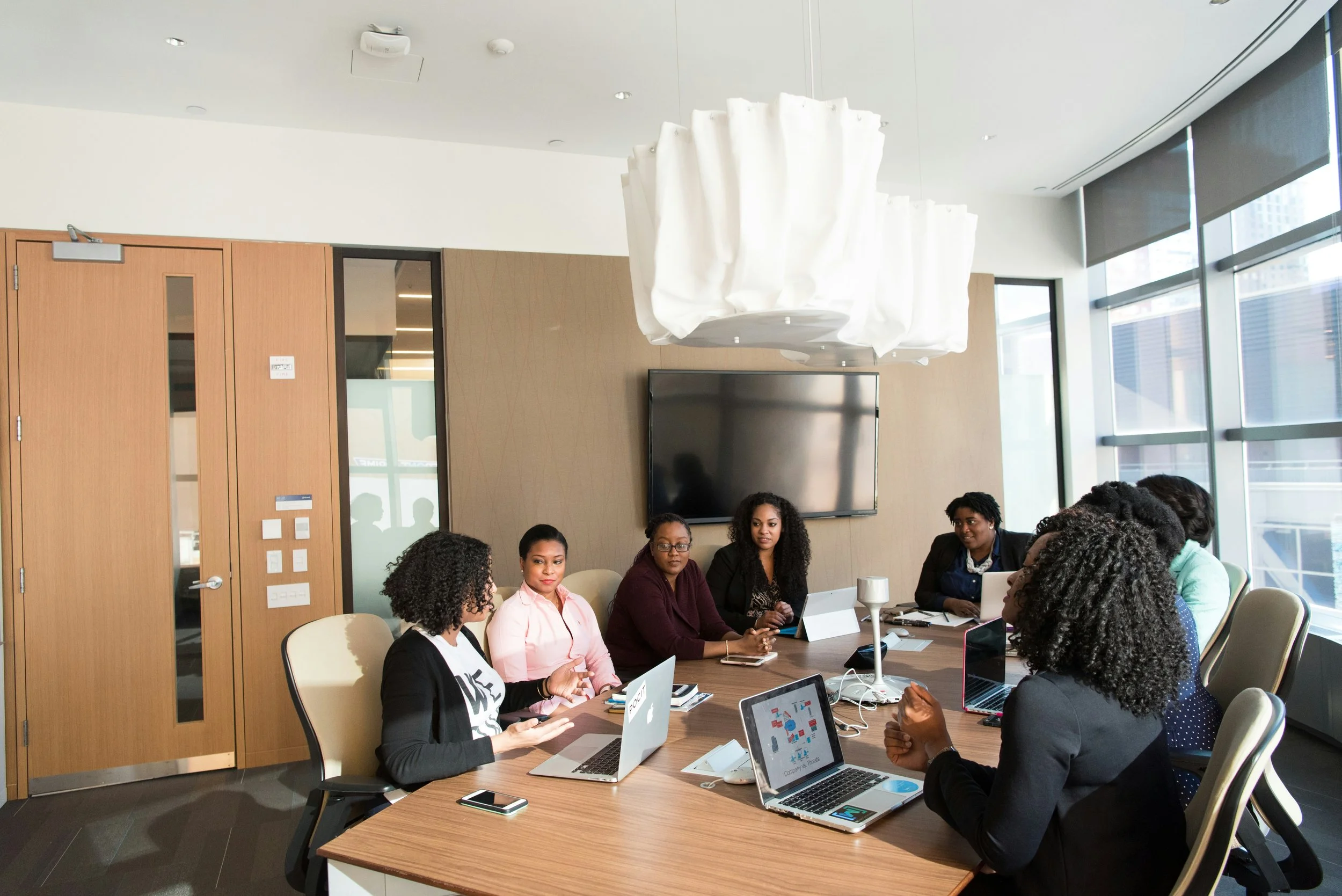From Surviving to Sustaining: Rethinking Resilience at Work
Resilience” has become one of the most overused words in the modern workplace.
We hear it everywhere — in leadership programs, HR strategies, even job ads. But what if the way we talk about resilience is quietly contributing to the very burnout we’re trying to prevent?
For too long, resilience has been framed as endurance: the ability to push through, adapt faster, and bounce back stronger.
But for many leaders and employees, that’s started to sound like code for doing more with less.
It’s time to move from surviving resilience to sustaining resilience — the kind that allows people to recover, reconnect, and keep showing up without losing themselves in the process.
Why the Old Definition Doesn’t Work Anymore
According to Allianz Australia’s 2025 Workplace Mental Health Report, 59% of Australian employees report work-related mental distress, and psychological workers’ compensation claims have risen 28% since 2021.
That’s not a lack of resilience — that’s fatigue from carrying too much, for too long.
The old resilience model asked people to stretch endlessly, adapt constantly, and keep smiling through the chaos. It celebrated coping over recovering.
But there’s only so long humans can operate in survival mode before disengagement, illness, or burnout take hold.
The New Definition: Sustainable Resilience
Sustainable resilience doesn’t mean bouncing back fast. It means coming back whole.
It’s less about toughness, more about capacity — the space, energy, and clarity we need to lead, decide, and care well.
Here’s what sustainable resilience looks like in real workplaces:
Leaders model recovery, not just drive. They normalise taking breaks, asking for help, and setting limits.
HR builds recovery time into systems. Reflection pauses after major projects, wellbeing check-ins, and flexible workloads aren’t perks — they’re protective factors.
Teams share emotional labour. Instead of the same few people holding everyone’s stress, the load is distributed through shared responsibility, open communication, and supportive norms.
The Shift HR Can Lead
HR has a unique opportunity to change how resilience is defined — from a personal responsibility to a shared cultural practice.
Here are three ways to start:
1. Redesign wellbeing language.
Move away from “coping” and “bouncing back.” Use language like “energy management,” “recovery,” and “sustainability.” It helps employees see resilience as something they can build rather than prove.
2. Treat recovery as strategic, not optional.
Schedule recharge time the same way you schedule training or compliance. Research from Deloitte’s Wellbeing at Work report shows that when leaders prioritise recovery, productivity and retention improve significantly.
3. Build resilience at the system level.
Resilience training won’t work if workload expectations, culture, or leadership behaviour undermine it. Look at the structures — not just individuals — that create stress.
What Sustainable Resilience Feels Like
Imagine a workplace where resilience doesn’t mean “toughing it out.”
Instead, it feels like:
Leaders who are calm, not constantly stretched.
Teams that trust each other to rest without guilt.
A culture that measures success not by who works the hardest, but by who can sustain healthy performance over time.
That’s sustainable resilience. And it’s where the future of work — and leadership — is heading.
Resilience will always matter. But the kind that gets us through the next decade isn’t built on endurance — it’s built on restoration, balance, and shared responsibility.
When organisations give people permission to pause, they don’t lose productivity — they gain longevity.
Because real resilience isn’t just about surviving the storm.
It’s about building a culture where we don’t have to recover alone.


